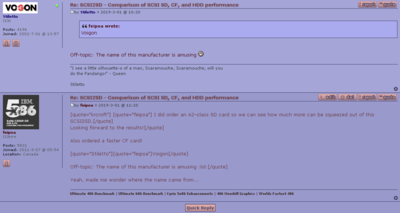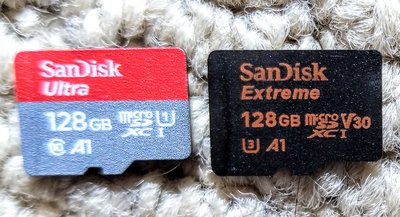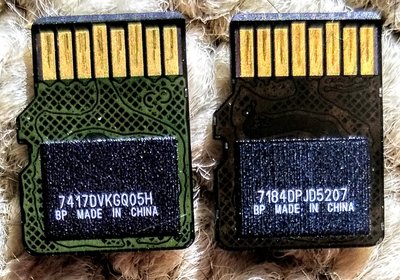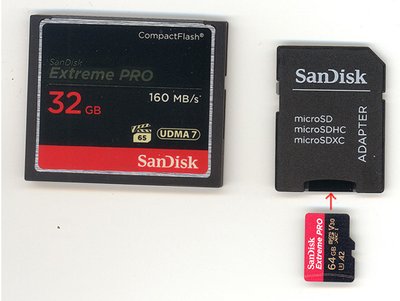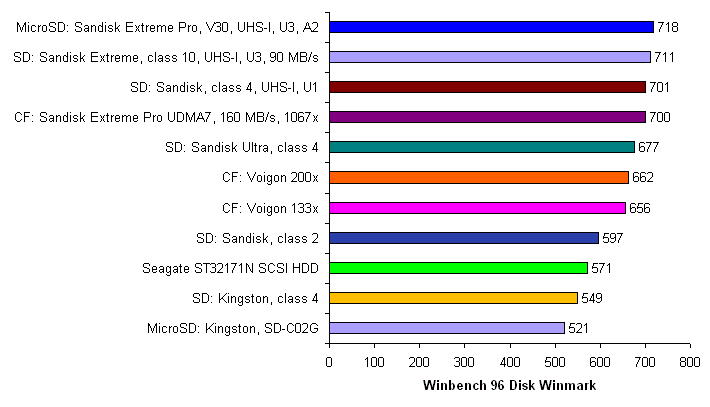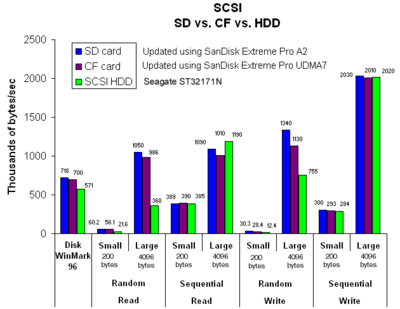Reply 40 of 64, by krcroft
- Rank
- Oldbie
wrote:wrote:Here's a link to SanDisk's A2-rated Extreme Pro - https://www.amazon.com/dp/B07G3H5RBT/ Yes, you will find many more "Extreme Pros" that cost less, but they won't be A2 rated!
I noticed that the card in that photo says SDXC. Does SCSI2SD support SDXC, or only SDHC? If SDXC works, then here's an even cheaper A2, https://shop.sandisk.com/store/sdiskus/en_US/ … -UHSI-Card-64GB
Yes, might as well get the smallest A2 card if it's only for testing. That's a great price, although on the specifications tab it shows:
Capacity: 32 GB
Read Speed: up to 90MB/s(5)
Write Speed: up to 60MB/s(5)
Form Factor: microSDHC
Video Speed: C10, U3, V30(4)
SD Adapter: Yes
... 32GB? Also doesn't mention Application speed ratings or show A2 anywhere.. (although the product number and photo indicate 64GB and A2). I would assume the spec page is just in error given the photo and product code look good.
This card should be so fast in your 486 that everything upstream from it become the greatest rate limitters, so you're mostly measuring the latency of the software, memory to cpu latency, isa bus latency, internal scsi to sd latency, and finally the card itself.
Do you have a DOS benchmark that tests random read and write? That's where you should see the largest differences among all of your cards.
